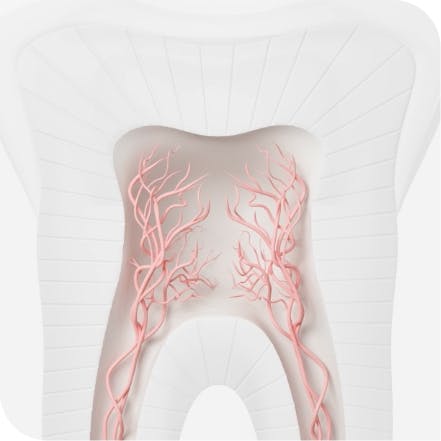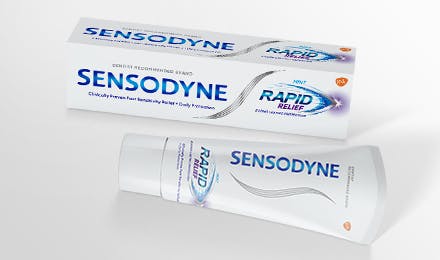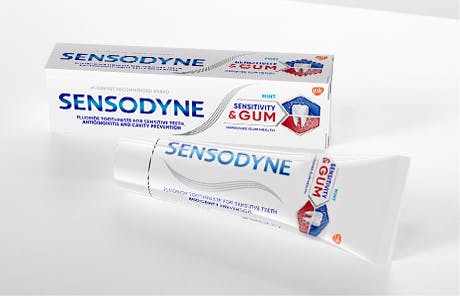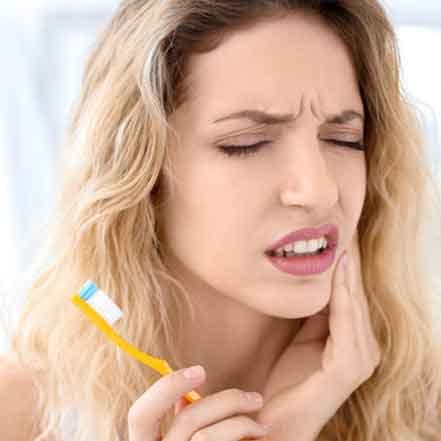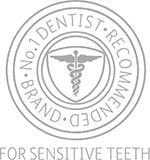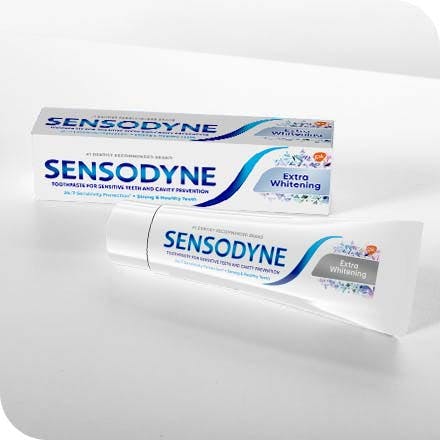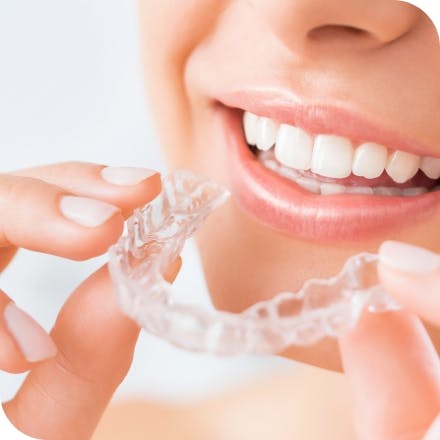How to Choose a Whitening Method for Yellow Teeth
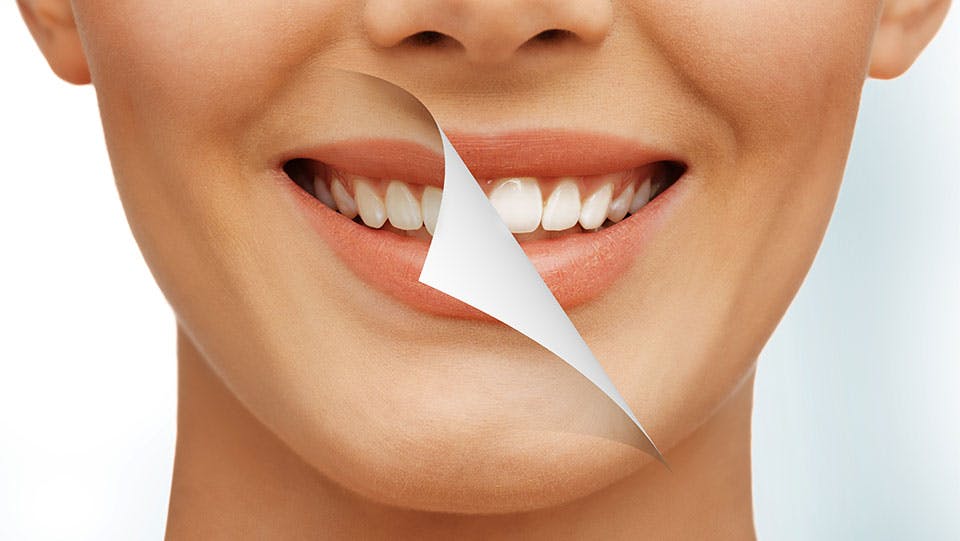
Yellow (or stained) teeth are a common complaint with plenty of causes. Depending on the location and cause of your tooth discoloration, you’ll find that different tooth whitening interventions will be more or less appropriate for your desired whitening results.
Understanding the Two Types of Tooth Stains
Before you start your teeth whitening journey, it’s important to understand the nature of your tooth discoloration. There are two kinds of staining that can lead to stained teeth: extrinsic staining and intrinsic staining.i Because yellow teeth stains can have a range of causes and occur both on the outside and inside of the tooth, understanding the differences is key to choosing the appropriate whitening mechanism.
Extrinsic Tooth Yellowing
Extrinsic staining effects the outside surface of the teeth—your enamel—and occurs over time from exposure to food, drink, and other substances that stain teeth:i,ii
- Coffee, tea, and colas
- Red wine
- Highly pigmented foods
- Tobacco use (both chewing and smoking)
Intrinsic Tooth Staining
Intrinsic staining happens within your enamel or under your enamel in the tooth’s dentin.ii It can be caused by an injury, or it may appear as a yellow hue when enamel erodes and exposes the color of the dentin beneath it.i Intrinsic stains can be caused by:ii
- Aging
- Childhood antibiotic use
- Genetic disorders
- Exposure to too much fluoride
- Cavities, decomposition, and necrosis
Whitening Mechanisms
There are two ways that yellow teeth can be whitened: mechanical whitening methods and chemical whitening methods.
- Mechanical whitening methods include brushing with whitening toothpastes that include whitening agents that work as abrasives to polish away surface stains.ii
- Chemical whitening happens as a result of chemical reactions that change the color of enamel or penetrate enamel to affect the internal structure of the tooth.ii Whether applied as a dental strip or a tray-supported gel, chemical whitening is typically achieved through the use of peroxide.i
Extrinsic stains respond to both kinds of whitening intervention, but intrinsic tooth yellowing only responds to chemical whitening interventions.ii
Ways of Whitening Yellow Teeth
Once you’ve identified the kind of staining you have and understand the efficacy of each type of stain removal intervention, your options for removing your yellow teeth stains become much clearer.
Over-the-counter Tooth Whitening Options
Whether you’re working to whiten intrinsic or extrinsic tooth yellowing, there are a number of over-the-counter options to consider:
- Whitening toothpaste is appropriate for extrinsic stains if it includes an abrasive or stain removal bleaching agent to help scrub the teeth clean and lighten their color. Unfortunately, some whitening toothpastes can cause undesired side effects, such as increased tooth sensitivity.iii Luckily, for sensitivity sufferers, Sensodyne Clinical White includes clinically proven whitening technology specially designed for sensitive teeth. Its formula removes stains, polishes teeth and prevents new stains from forming to lighten teeth two shades whiter.*
- Whitening strips or pens work through the application of a whitening gel directly to the teeth.
- Over-the-counter whitening kits can come with a number of modalities included.
While over-the-counter whitening options are generally safe, it’s important to consider how a whitening kit may exacerbate tooth sensitivity. If sensitivity is a concern, it may be more appropriate to consult your dentist about which sensitivity-safe options are appropriate for reaching your tooth whitening goals.
Dentist Provided or Administered Tooth Whitening Options
If your stains are intrinsic, there’s a good chance you may fare better working with your dentist to achieve your tooth whitening goals. Your dentist may provide take-home whitening options or in-office whitening approaches.
- Take-home whitening interventions provided by your dentist will likely come in the form of dental trays that are filled with whitening gel and worn for a set number of hours and days/weeks.i
- In-office whitening procedures are a powerful, supervised option and may include the addition of UV light to speed up the gel whitening process.i However, if done correctly, at-home whitening can achieve similar results with less peroxide over a longer duration of time (2 weeks), with the potential for increased sensitivity.
Whitening yellow teeth stains is possible, even for those with sensitive teeth. The key is understanding what kind of stain you’re trying to remove.
*As shown in an 8-week study
Source Citations:
- JADA. “Getting whiter teeth.” https://jada.ada.org/article/S0002-8177(20)30534-1/fulltext#relatedArticles
- ADA. “Whitening.” https://www.ada.org/resources/research/science-and-research-institute/oral-health-topics/whitening
- Comparison between the effect of commercially available chemical teeth whitening paste and teeth whitening paste containing ingredients of herbal origin on human enamel. AYU Journal. https://www.ncbi.nlm.nih.gov/pmc/articles/PMC6369603/.
